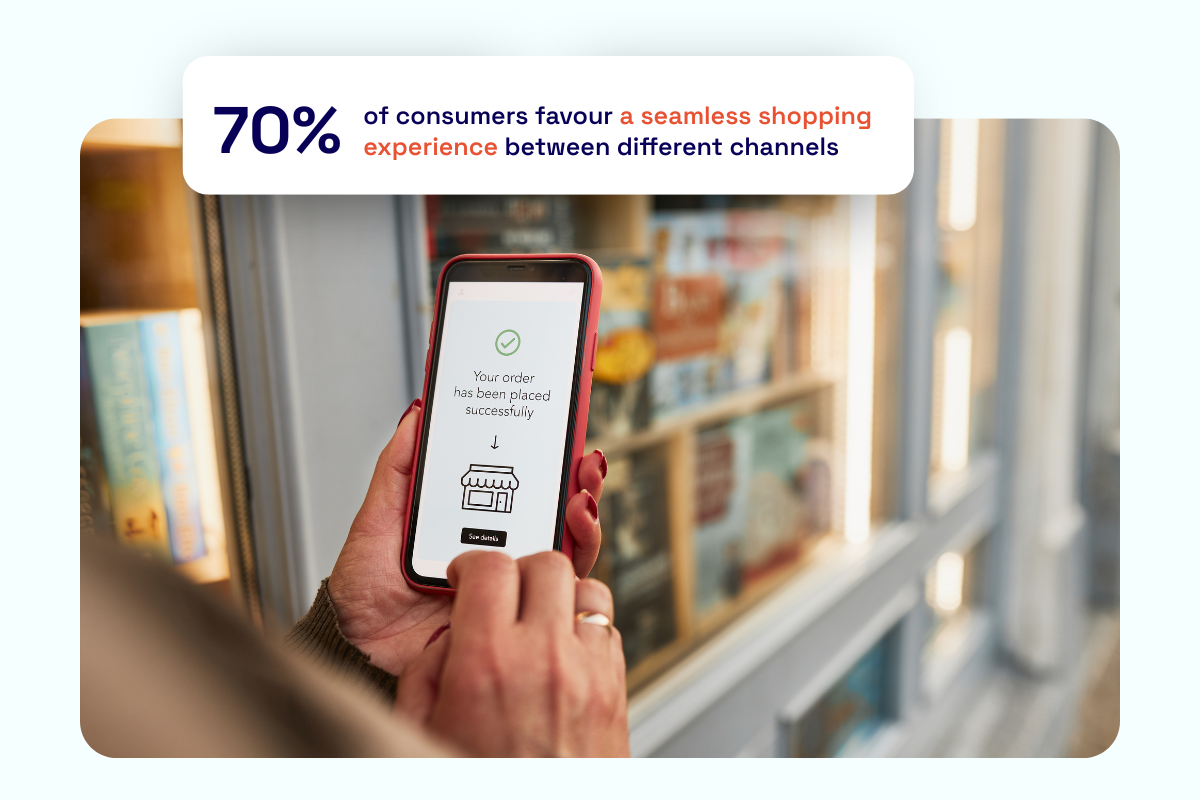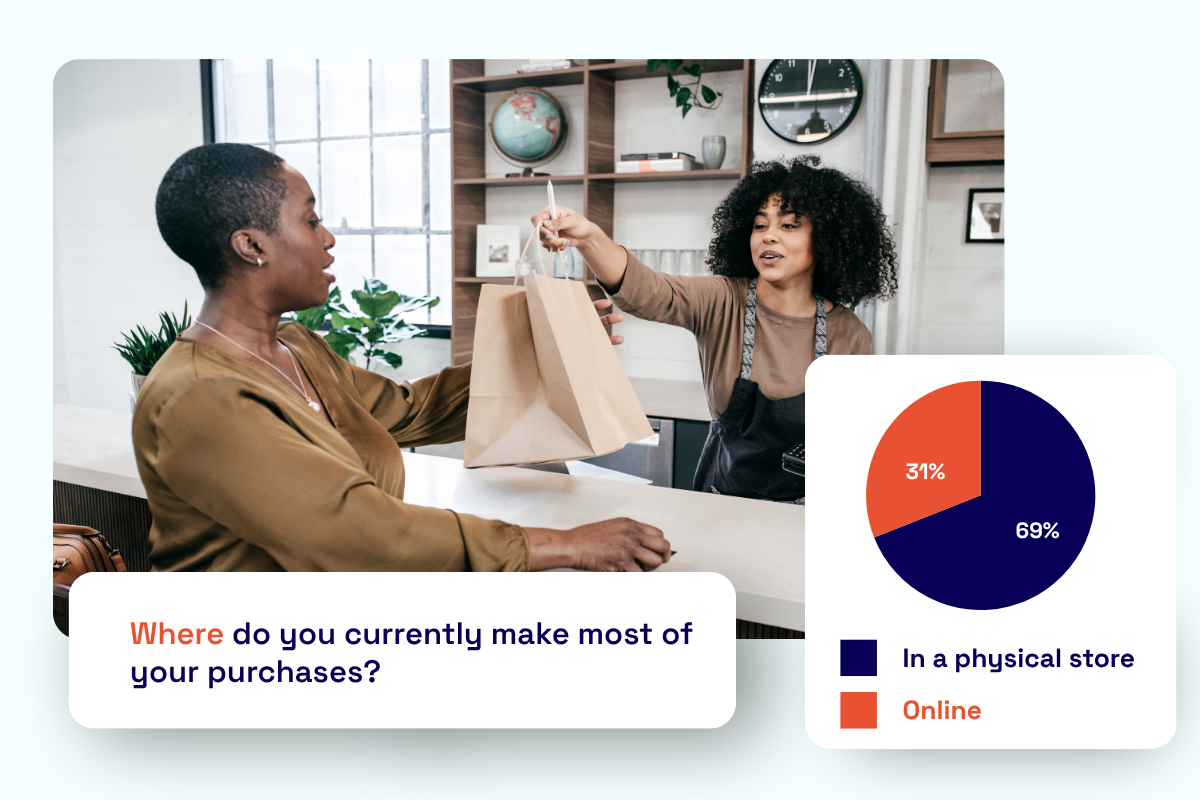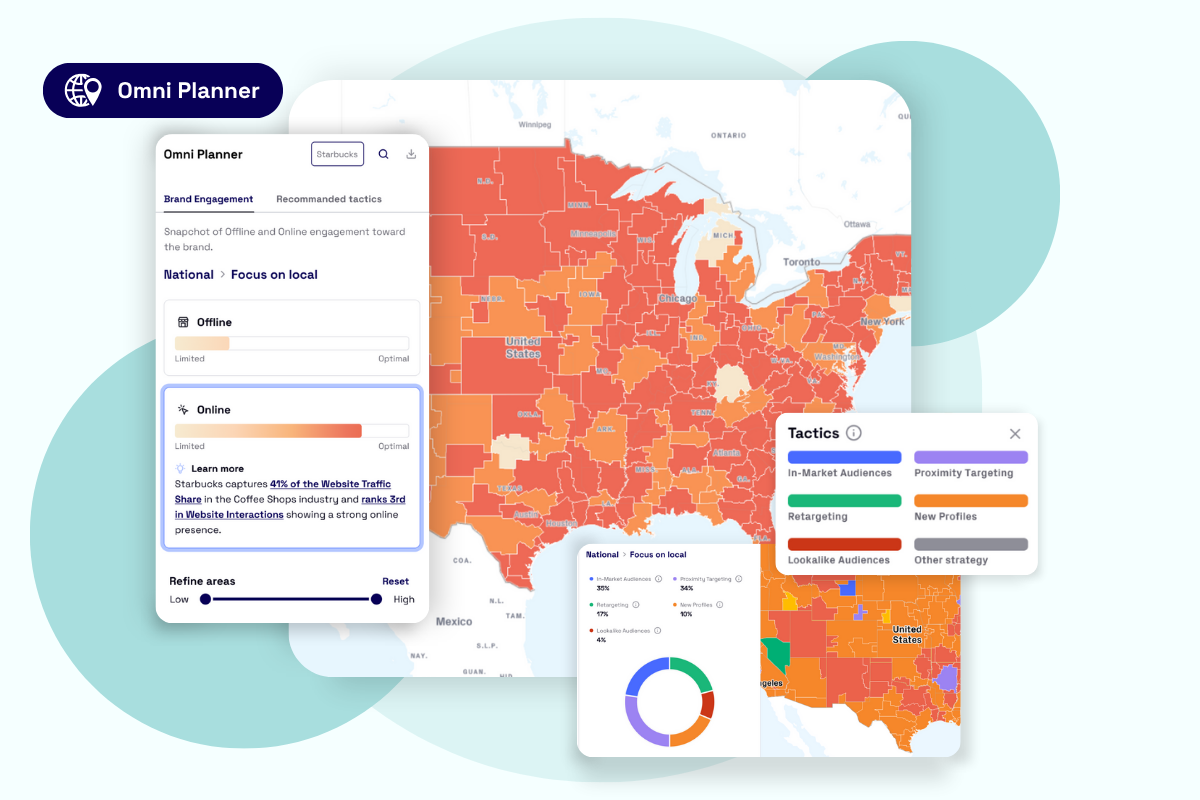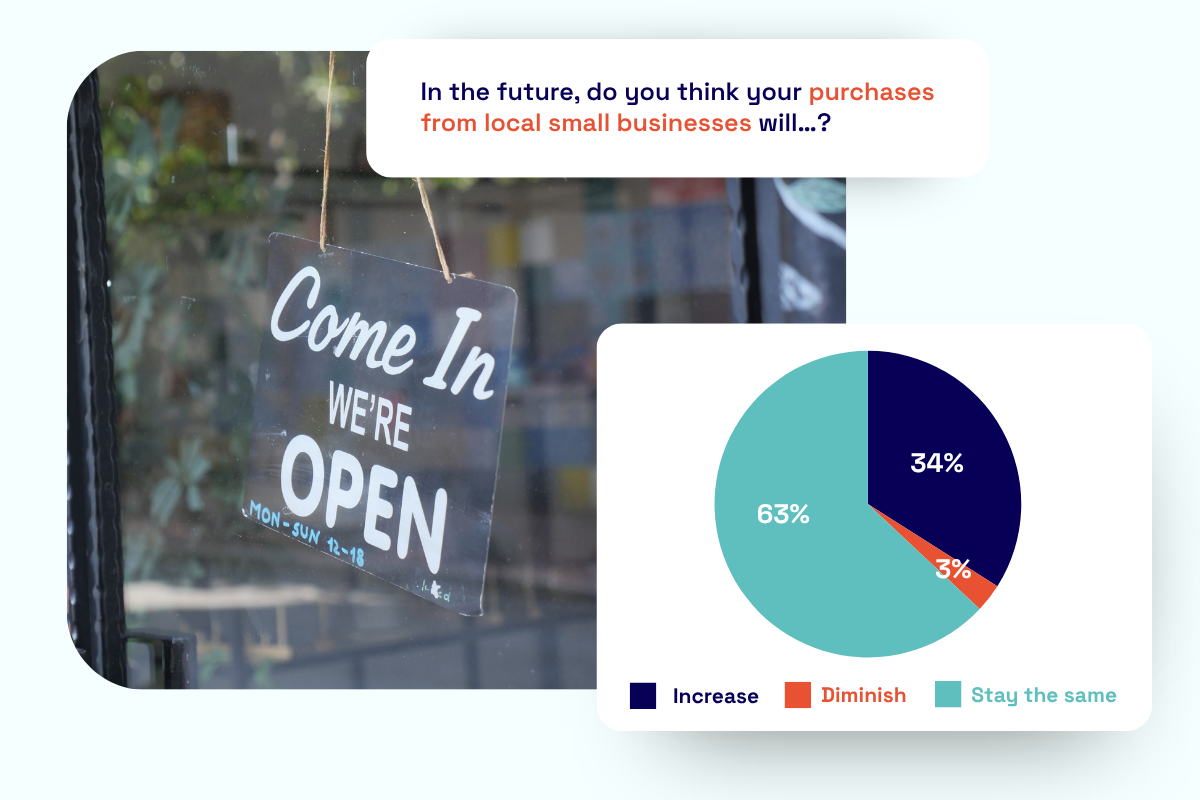Canadian retail is at a decisive turning point. Facing a challenging economy, marketers are navigating a year of tough trade-offs and bold innovation. The winners in 2026 will be those who strike the proper balance between AI-powered personalization, long-term engagement, and profitability.
But you can’t build this strategy on assumptions. To find out what’s really driving the market, we surveyed 1,000 Canadian shoppers to power our 2025-2026 Canadian Retail Barometer, a definitive analysis of what’s shaping the year ahead for retail in Canada.
The report dives deep into 14 key trends, but we’re breaking down four of the most critical takeaways for marketers right here:
- The expansion of omnichannel strategies.
- The rise of ‘phygital’ experiences.
- The new reality of AI-driven hyper-personalization.
- The strategic shift to hyperlocal commerce.
Here’s a closer look at each of these critical trends and, more importantly, what they mean for your advertising strategy in the year ahead.
1. Omnichannel Strategies Expand
Shopping is now fully omnichannel. The distinction between “online” and “offline” no longer exists in the consumer’s mind. Our new data confirms this, revealing that 70% of consumers favor a seamless shopping experience between a brand’s different channels. To meet these high expectations, brands have no choice but to adopt a unified omnichannel approach—one that connects their online store and in-store experience into a single, consistent journey.

For marketers, this means the future of media is not about chasing the cheapest impression. It’s about aligning with how people actually shop. This fragmented customer journey requires a new strategy built for an omnichannel, mobile, and local reality. The brands that adapt their advertising to connect these dots will be the ones that thrive.
2. Phygital, the best of both worlds
The walls between online and in-store shopping are gone. Our survey data shows this clearly: while 69% of Canadians still shop primarily in physical stores, 72% are using their smartphones while in-store to check reviews or find offers. This fading line between physical and digital retail is the new ‘phygital’ reality. Brands are using experiences like in-store QR codes and AR to deliver frictionless journeys, which can boost loyalty by 30%. This intelligent integration, letting a customer order online and pick up in-store, for example, is what reduces friction and speeds up conversion.

For advertisers, this means a siloed strategy is no longer an option. You need a unified view of your customer, both online and off. This is precisely why Locala created the Omni Planner, a new layer inside our planning tool. It was built to reflect how people actually shop, unifying online signals with offline outcomes on the same canvas. It gives you a complete view of these fluid journeys by providing:
- A unified view of online and offline engagement data to drive clear, cross-environment insights.
- Competitive benchmarks that reveal how performance stacks up across digital and real-world environments.
- Localized, scalable media plans without the hassle of manual market-by-market planning.

3. Hyper-personalization Becomes Reality
Today’s Canadian shoppers don’t just appreciate personalized experiences—they now expect them. 62% of Canadians are more likely to buy from brands that personalize their experiences. Thanks to machine learning and smart planning tools, brands now have the ability to finely decode each consumer’s expectations, behaviors, and preferences in real-time. The impact is significant, with AI-driven personalization proven to increase conversion rates by 20% to 30%.

This capability fundamentally changes the brand-consumer relationship. Successful brands no longer just interact with their audiences; they integrate into their daily lives. This deep, real-time understanding nurtures loyalty because the customer feels recognized, understood, and valued. For advertisers, this means using these tools to ensure that whether a customer is shopping online or in-store, their experience is seamless, contextualized, and consistent.
4. The Shift to Hyperlocal Commerce
Finally, all of these trends must be executed at the local level. Our survey found that 34% of Canadians plan to buy more local products in the future, confirming a powerful shift towards hyperlocal, values-driven retail. This trend means a national campaign with a single, generic message is no longer effective. Winning in Canada means winning market-by-market.

For advertisers, this shift requires a new level of relevance. Instead of broad, national campaigns, brands must now use localized insights to plan, activate, and optimize their media. This hyperlocal approach, which aligns messaging with local behavior, is the key to proving brand relevance and capturing local market share.

From Insights to Action with Locala
Understanding these trends is the first step. Winning in 2026 requires putting them into action.
The Canadian retail market is complex, but the solution doesn’t have to be. Locala’s platform is designed for this new ‘phygital’ reality. We help you:
- Connect with real shoppers: Using privacy-first data to understand consumer behavior, online and in-store.
- Activate your hyperlocal strategy: Delivering personalized, relevant ads to any Canadian market, at scale.
- Measure what matters: Moving beyond clicks to measure real-world business outcomes, like store visits.
Get the Full 2026 Outlook
These four trends are just the beginning. The full Canadian Retail Barometer provides a deep dive into all 14 trends, critical insights on data protection, and actionable case studies from Canadian leaders.

Download the complete Canadian Barometer report to get all the insights.